Super Resolution
Short Description
Download:
- Booklet, PDF (877 KB)
- Video for managers (short), WMV (7.92 MB)
- Video for developers (with technical details), WMV (7.98 MB)
- Demo application
Usually, video resolution is increased by using static image resizing methods. Such static upscaling methods work reasonably well, but for moving pictures it is possible to noticeably increase the quality of upscaled video by using information from neighboring frames. A number of these so-called super-resolution (or SuperResolution) methods are known, but their main weakness is extremely high complexity and, therefore, dramatically lower processing speed.
We have developed the YUV Super Resolution technology to provide competitive-quality video at a much faster speed, thus making the technology suitable for practical use. YUV Super Resolution uses a high-quality static image upscaling algorithm and high-resolution image refinement based on information from neighboring frames.
Examples of work
Super Resolution comparison with common upscaling, should be viewed in 720p and full screen for thorough visual experience:
Another Super Resolution comparison:
Selected processed frames
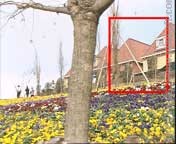 |
|
| Original frame 222 from “Flower” sequence | |
 |
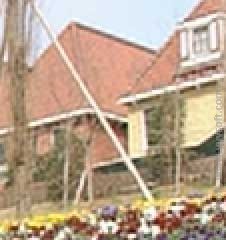 |
| Bicubic resampling | YUV Super Resolution |
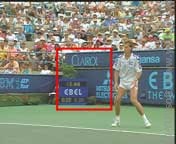 |
|
| Original frame 163 from “Stefan” sequence | |
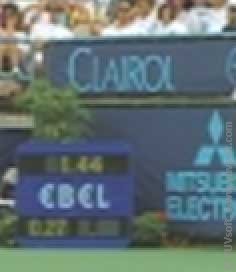 |
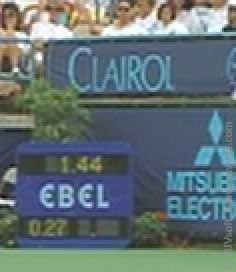 |
| Bicubic resampling | YUV Super Resolution |
| Results of processing a frame from “Stefan” sequence with artificially added noise: | |
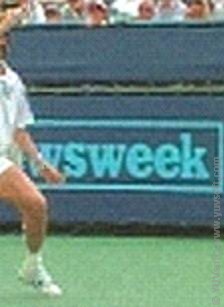 |
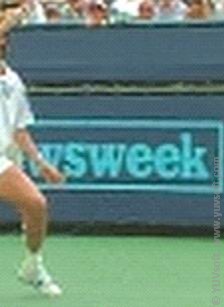 |
| YUV Super Resolution without noise detection | YUV Super Resolution for noisy video |
Objective results
The table below shows the comparison with a common upscaling method using the PSNR metric and standard video sequences (high-resolution video is compared against known original). Results pertain to the latest version and better than those presented in the demo video.
| Video | Y-PSNR, dB | ||
| Bicubic | YUV Super Resolution | Improvement over bicubic | |
| Akiyo | 34.2 | 35.9 | +1.7 |
| Crew | 34.2 | 36.8 | +2.6 |
| Flower | 22.1 | 24.9 | +2.8 |
| Foreman | 30.2 | 32.8 | +2.6 |
| Mobile | 22.3 | 23.9 | +1.6 |
| News | 29.0 | 30.8 | +1.8 |
| Stefan | 25.8 | 29.4 | +3.6 |
Primary Applications
- Video transcoding including high-quality standard definition to high definition (SD-HD) conversion
- Flat-panel LCD and plasma displays
- Restoration of video
Key Features
- Maximum-quality multiframe super resolution with video upscaling by any power of 2 (other scaling factors are also possible, but they result in lower-quality video)
- Relatively fast processing, thus making the algorithm practical (the speed of a reference implementation in C is about 1.5 fps for a 704×352 to 1408×704 conversion on a Pentium 4 3.0 GHz computer)
- Adjustable speed/quality trade-off
- Fully consecutive processing available without the need to use future frames
- Special algorithm for noisy video upscaling
- Only integer arithmetic
- Fully automatic
Basic Deliverables
- Source code for a reference implementation in C
- C and assembly language source code for an implementation optimized for the PC (if required)
- C++ and assembly language source code for an implementation optimized for the PC (if required)
- Algorithm description
- Software description
- Verification instructions
Contact Information
For information on licensing, please contact our sales staff.

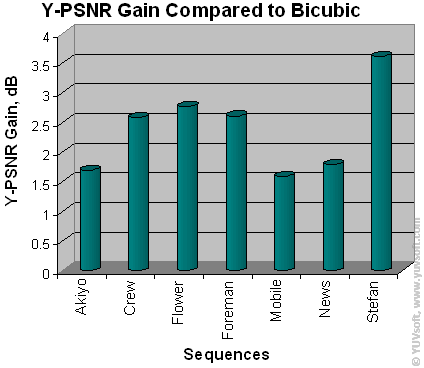
 Follow
Follow